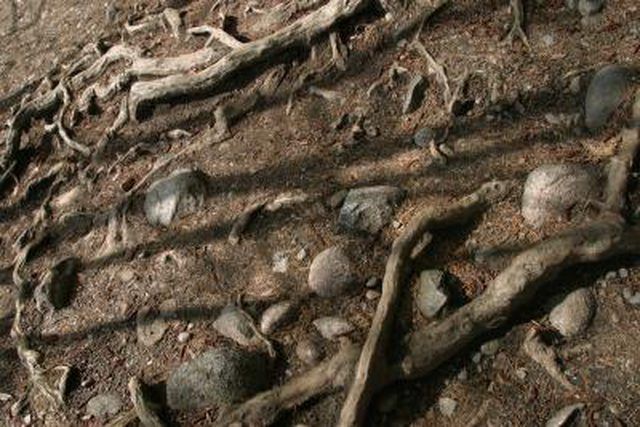Bulbs
Flower Basics
Flower Beds & Specialty Gardens
Flower Garden
Garden Furniture
Garden Gnomes
Garden Seeds
Garden Sheds
Garden Statues
Garden Tools & Supplies
Gardening Basics
Green & Organic
Groundcovers & Vines
Growing Annuals
Growing Basil
Growing Beans
Growing Berries
Growing Blueberries
Growing Cactus
Growing Corn
Growing Cotton
Growing Edibles
Growing Flowers
Growing Garlic
Growing Grapes
Growing Grass
Growing Herbs
Growing Jasmine
Growing Mint
Growing Mushrooms
Orchids
Growing Peanuts
Growing Perennials
Growing Plants
Growing Rosemary
Growing Roses
Growing Strawberries
Growing Sunflowers
Growing Thyme
Growing Tomatoes
Growing Tulips
Growing Vegetables
Herb Basics
Herb Garden
Indoor Growing
Landscaping Basics
Landscaping Patios
Landscaping Plants
Landscaping Shrubs
Landscaping Trees
Landscaping Walks & Pathways
Lawn Basics
Lawn Maintenance
Lawn Mowers
Lawn Ornaments
Lawn Planting
Lawn Tools
Outdoor Growing
Overall Landscape Planning
Pests, Weeds & Problems
Plant Basics
Rock Garden
Rose Garden
Shrubs
Soil
Specialty Gardens
Trees
Vegetable Garden
Yard Maintenance
Heat Capacity of Soil
Heat Capacity of Soil. Soil heat capacity measures the amount of energy it takes to raise the temperature of the soil by one degree Celsius or one degree Fahrenheit. The heat capacity of soil varies depending on the amount of moisture and the soil composition.

Soil heat capacity measures the amount of energy it takes to raise the temperature of the soil by one degree Celsius or one degree Fahrenheit. The heat capacity of soil varies depending on the amount of moisture and the soil composition.
Types
The heat capacity of soil is much greater than the heat capacity of air but less than the heat capacity of water. Consequently, wet soils have higher heat capacities than dry soils, so a light dry soil exhibits larger seasonal temperature changes than a wet soil. Other factors affecting heat capacity include the amount of sand, clay, silt and organic matter.
Function
According to the Engineering Toolbox, the average heat capacity at constant pressure of dry soil is 0.8 kilojoules per kilograms Kelvins. The average heat capacity of wet soils, by contrast, is 1.48 kilojoules per kilograms Kelvins. Clay soils typically have higher heat capacities than sandy soils, and increasing the organic matter content typically increases moisture retention and heat capacity.
Considerations
Soil heat capacity is sometimes measured in terms of the volumetric heat capacity, or heat capacity per unit volume. Tilling soil, adding organic matter in the form of mulch and other human actions can alter the heat capacity of soil to some extent.